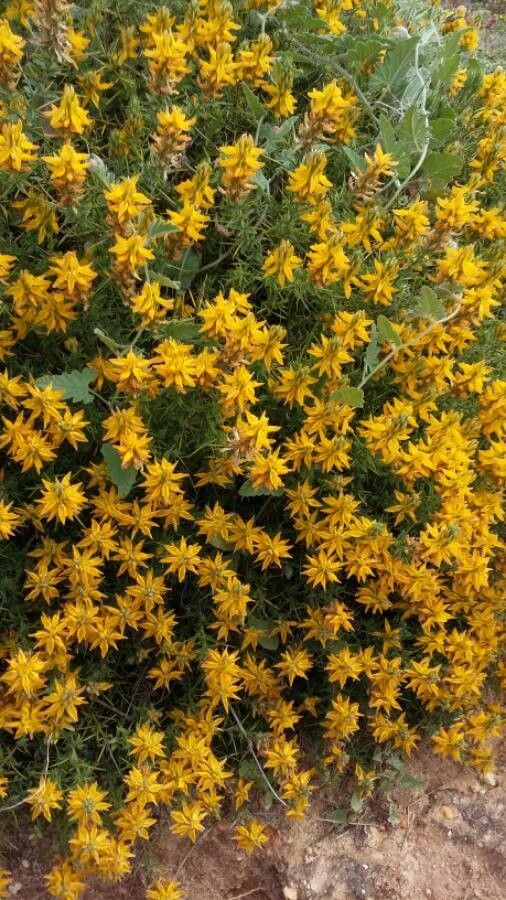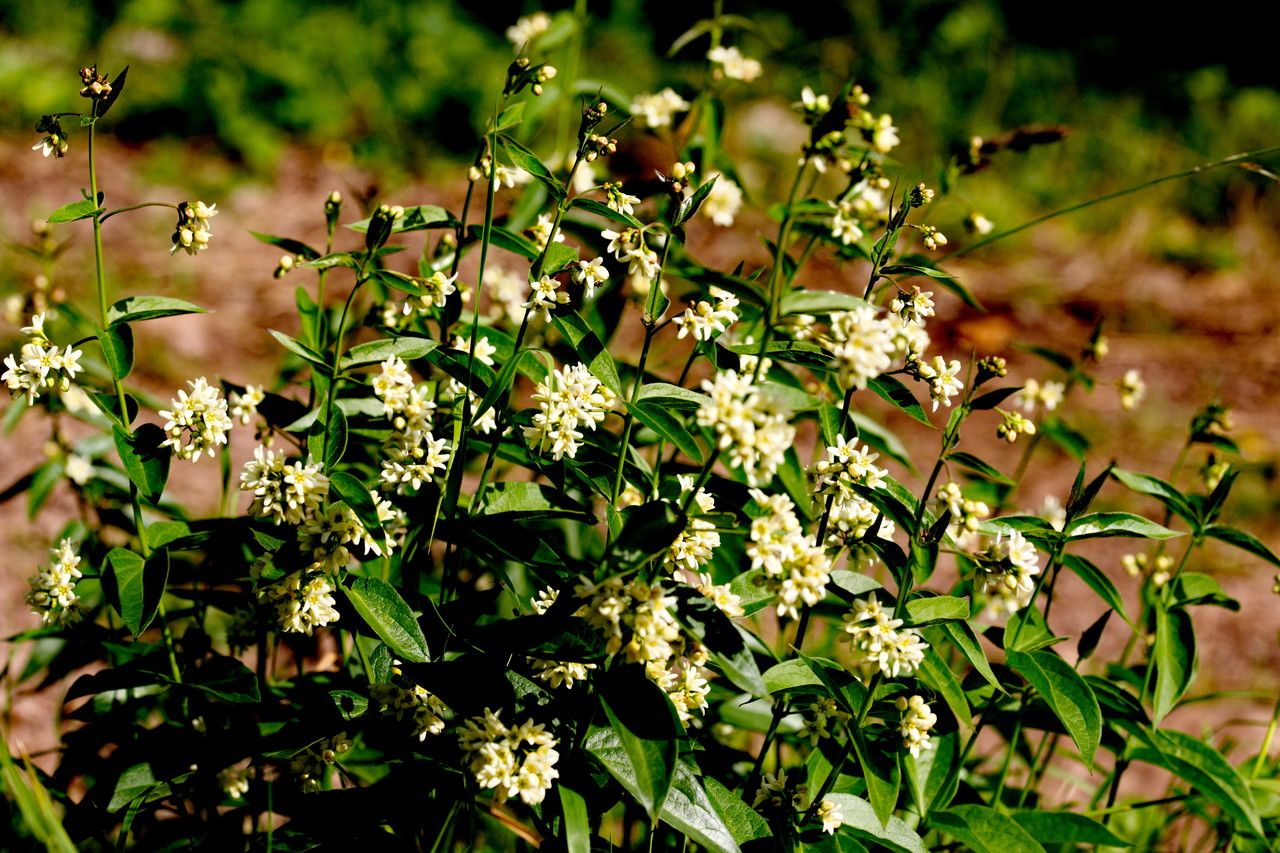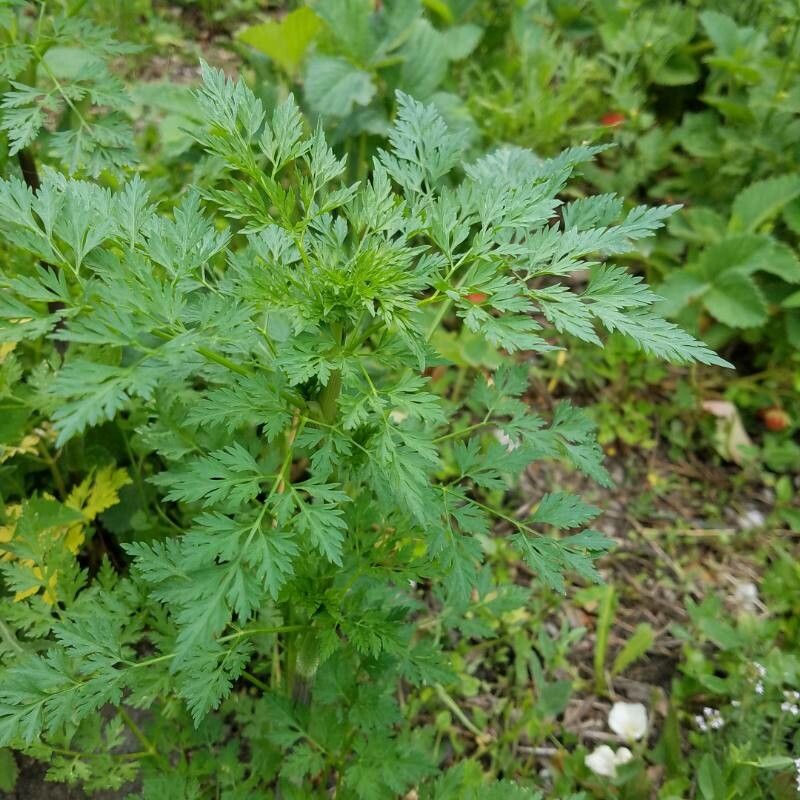## European Gorse: A Golden Burst of Blooms
European Gorse ( *Ulex europaeus*) is a captivating evergreen shrub belonging to the Fabaceae family, known for its vibrant golden yellow flowers and thorny branches. Native to Western Europe, it's a striking addition to gardens, but its invasive potential in some regions warrants careful consideration.
### Identification
Identifying European Gorse is relatively straightforward. Its defining features include:
* **Thorny Branches:** Dense, spiny branches covered in small, needle-like leaves.
* **Golden Yellow Flowers:** Abundant, pea-like flowers that bloom prolifically, often covering the entire shrub in a wave of color. Blooming periods vary depending on location and climate.
* **Height and Spread:** It can grow up to 3 meters (10 feet) tall and wide, forming dense thickets.
* **Leaf Shape:** Trifoliate leaves reduced to small spines, especially on older stems.
### Habitat and Growth
European Gorse thrives in full sun to partial shade and tolerates a wide range of soil types, though it prefers well-drained, acidic soils. It's exceptionally drought-tolerant once established, making it a low-maintenance option for appropriate climates. It prefers slightly acidic to neutral pH levels (5.5-7.0).
### Propagation
European Gorse can be propagated through seed or cuttings. Seed propagation is common but requires scarification (breaking the seed coat) to improve germination rates. Cuttings taken from semi-hardwood stems in late summer/early autumn have a higher success rate.
### Uses and Benefits
Traditionally, gorse has been used as a source of fuel (it burns readily, even when green) and as fodder for livestock (though caution is needed due to thorns). Its vibrant blooms are a significant source of nectar for bees and other pollinators. It also provides excellent habitat and cover for various birds and small mammals.
### Considerations and Potential Issues
While visually stunning, European Gorse is considered an invasive species in many parts of the world, including Australia and parts of North America. Its rapid growth, prolific seed production, and ability to colonize disturbed areas mean it can outcompete native vegetation. Always check with your local authorities before planting to determine if it's appropriate for your region.
Before planting, carefully consider the potential for invasiveness and the long-term maintenance implications. Regular pruning can help to manage its spread, but controlling this vigorous shrub requires diligence.
### Cultivation Tips:
* **Planting:** Plant in well-drained soil in a sunny or partially shaded location.
* **Watering:** Water regularly until established, then reduce watering frequency.
* **Pruning:** Regular pruning can help maintain shape and prevent overgrowth, particularly after flowering.
* **Fertilizing:** Generally, gorse doesn't require fertilization. Well-drained soil is key.
European Gorse is a striking plant with many benefits, but its potential for invasiveness necessitates careful consideration before planting. Research local regulations and make an informed decision to prevent ecological disruptions.
European Gorse: Planting, Care & Identification Guide

Frequently Asked Questions
How to grow European Gorse?
Plant in well-drained, acidic soil in full sun to partial shade. Water regularly until established, then reduce watering. Regular pruning is recommended.
Is European Gorse invasive?
Yes, it's considered invasive in many areas due to rapid growth and prolific seed production. Check with local authorities before planting.


